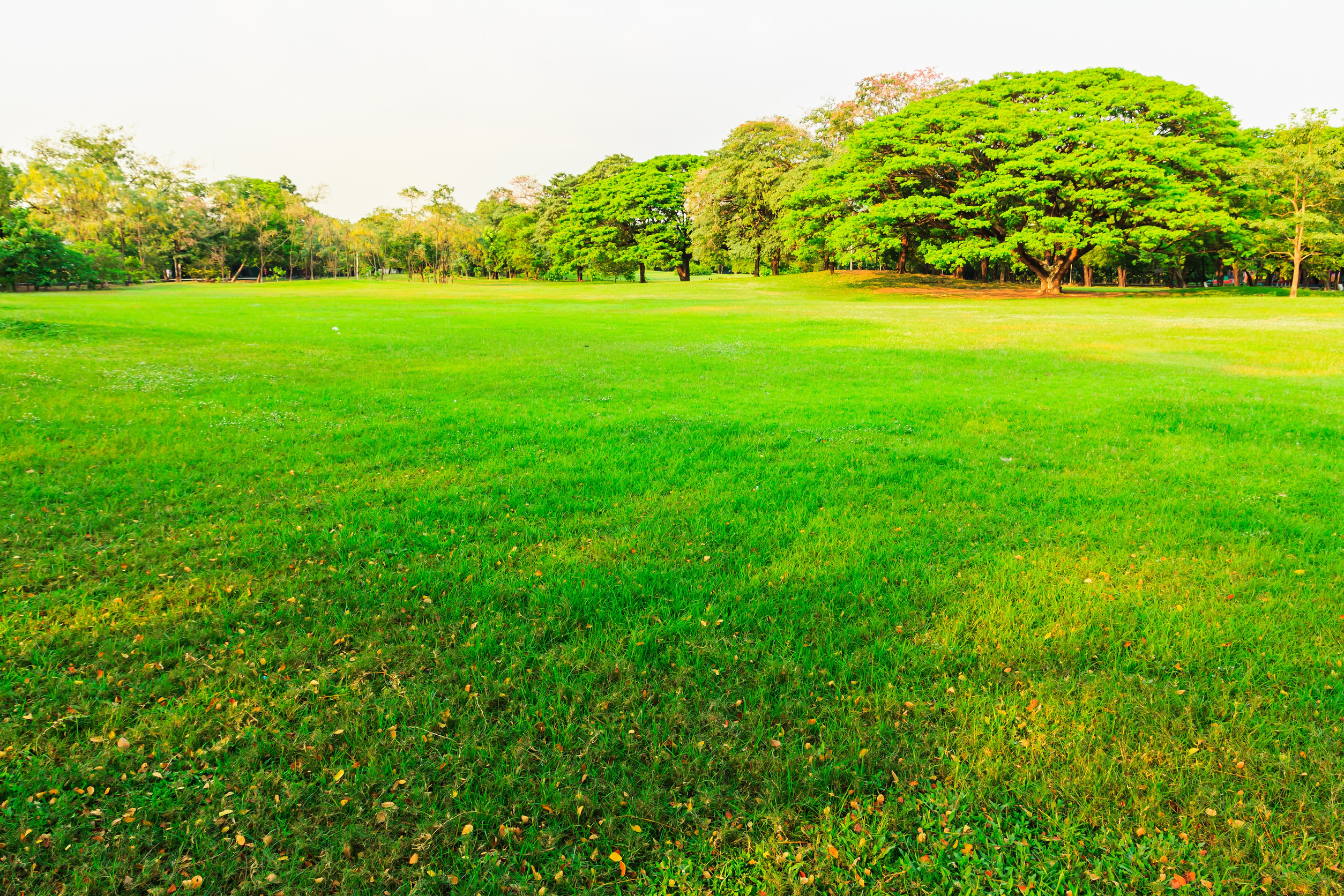In its heyday, the Fresh Kills trash dump on Staten Island was one of the world’s great eyesores. Imagine New York’s Central Park with trash mounds 20 stories high. Now imagine that times three. That’s how bad it was.
By the late 1970s, an estimated 28,000 tons of trash arrived at Fresh Kills every day. But where there once was a giant dump over 20 years ago, a massive green park now sits where flora and fauna do as they please.
How did this park come to be?
After the dump was shut down in 2001, New York City gave the park to James Corner Field Operations, the landscape architects responsible for the famous High Line. The idea was not just to build a park, but to reimagine the idea of the park. If Frederick Law Olmsted’s Central Park was the work of a static, pastoral painter, then Mr. Corner and his team were less artists than restoration biologists, jump-starting a framework and leaving the ecology of the site itself to finish things up.
The core problem was adapting the site to address the trash — no less than 150 million tons of garbage had been dumped at Fresh Kills (roughly the equivalent of the amount of plastic currently floating in the ocean). The trash was capped with plastic, then slowly covered with millions of tons of clean soils, and planted with native grasses. The four garbage mountains were transformed into four soft green hills straddling the convergence of creeks.
Tree planting (started by arborists, accelerated by seed-carrying birds) occurred in coordination with the careful engineering of what you might call the dump’s natural excretions: the methane, and the leachate. Over the course of 20 years, the parks and sanitation departments worked together with Field Operations to restore tidal wetlands, generate forests, and grow scrublands and wide-open fields of grasses. The Sanitation Department even refines the methane and pipes it to Staten Island homes for cooking and heat.
A few kayaks were permitted in the waterways in 2011. Goats were brought in for their ecological restoration skills in 2012. (They eat phragmites, a common reed that tends to take over.) An art gallery popped up in 2018. A first section of the park will open to the public in spring 2021. The rest will debut by 2036.
Previously, it was considered unimaginable that New York City could evolve a giant trash dump into a natural park the size of Lower Manhattan south of 23rd Street, but that’s exactly what has happened. For all of us, it is once more a testament to the resilience of nature and the power of smart urban design.











